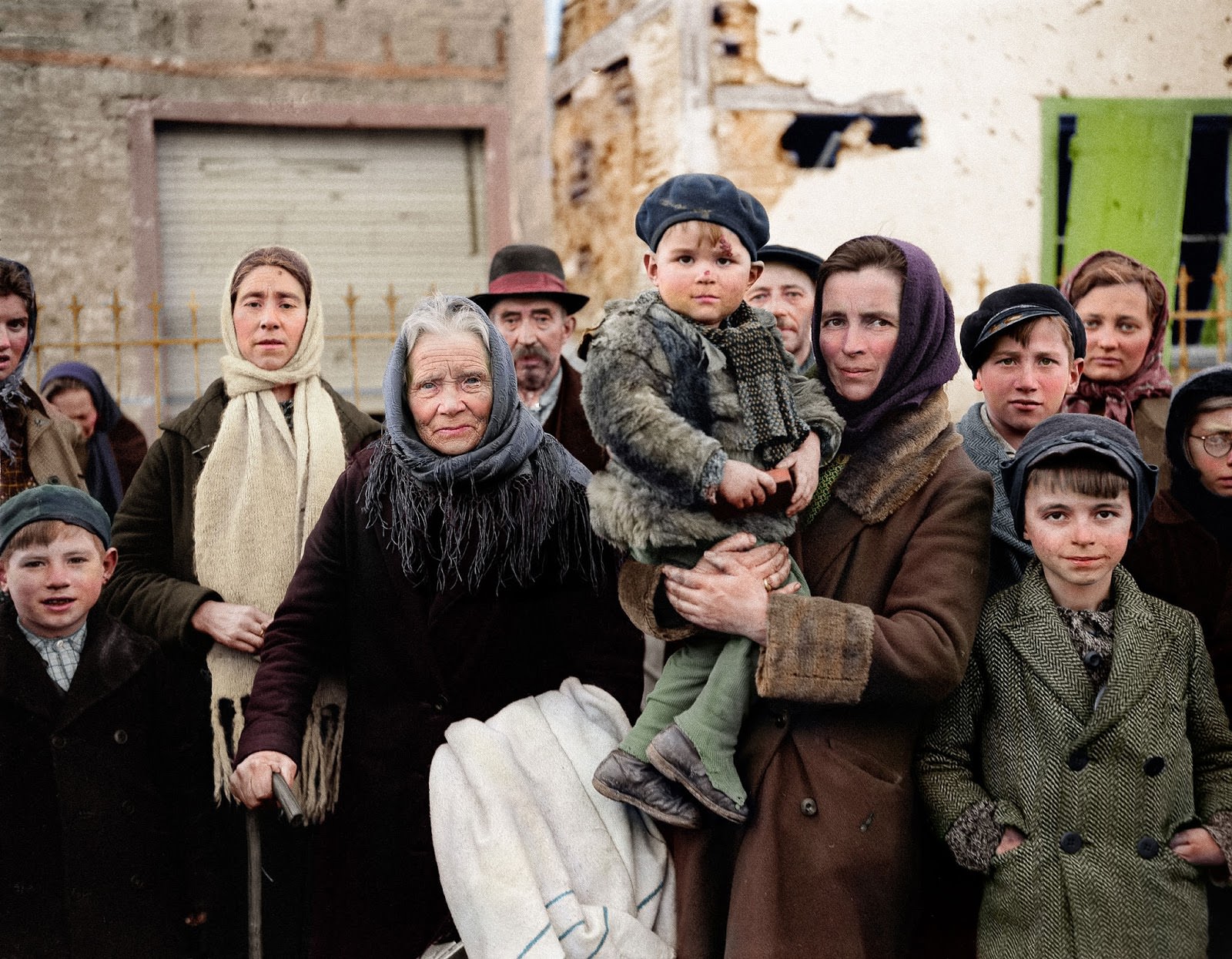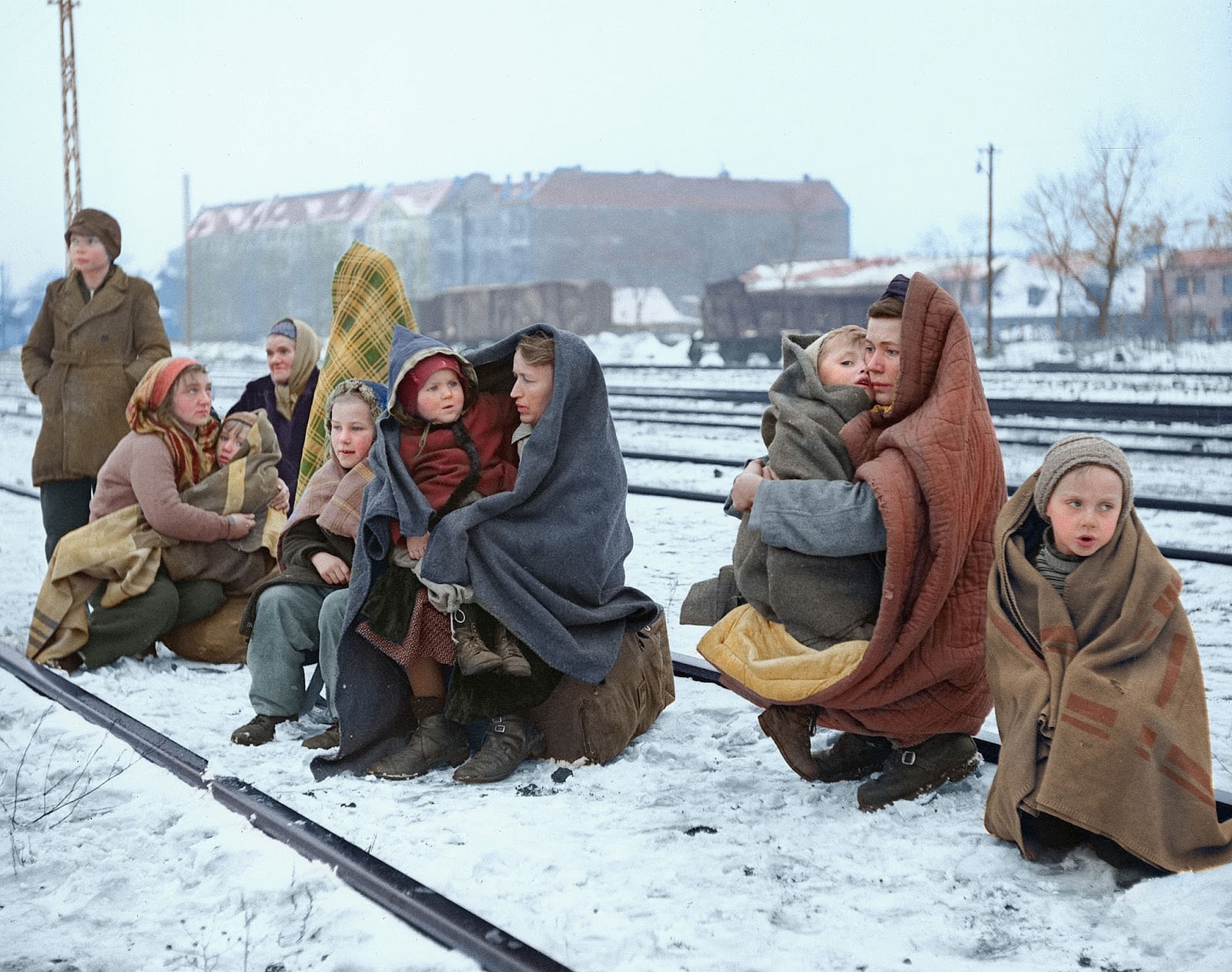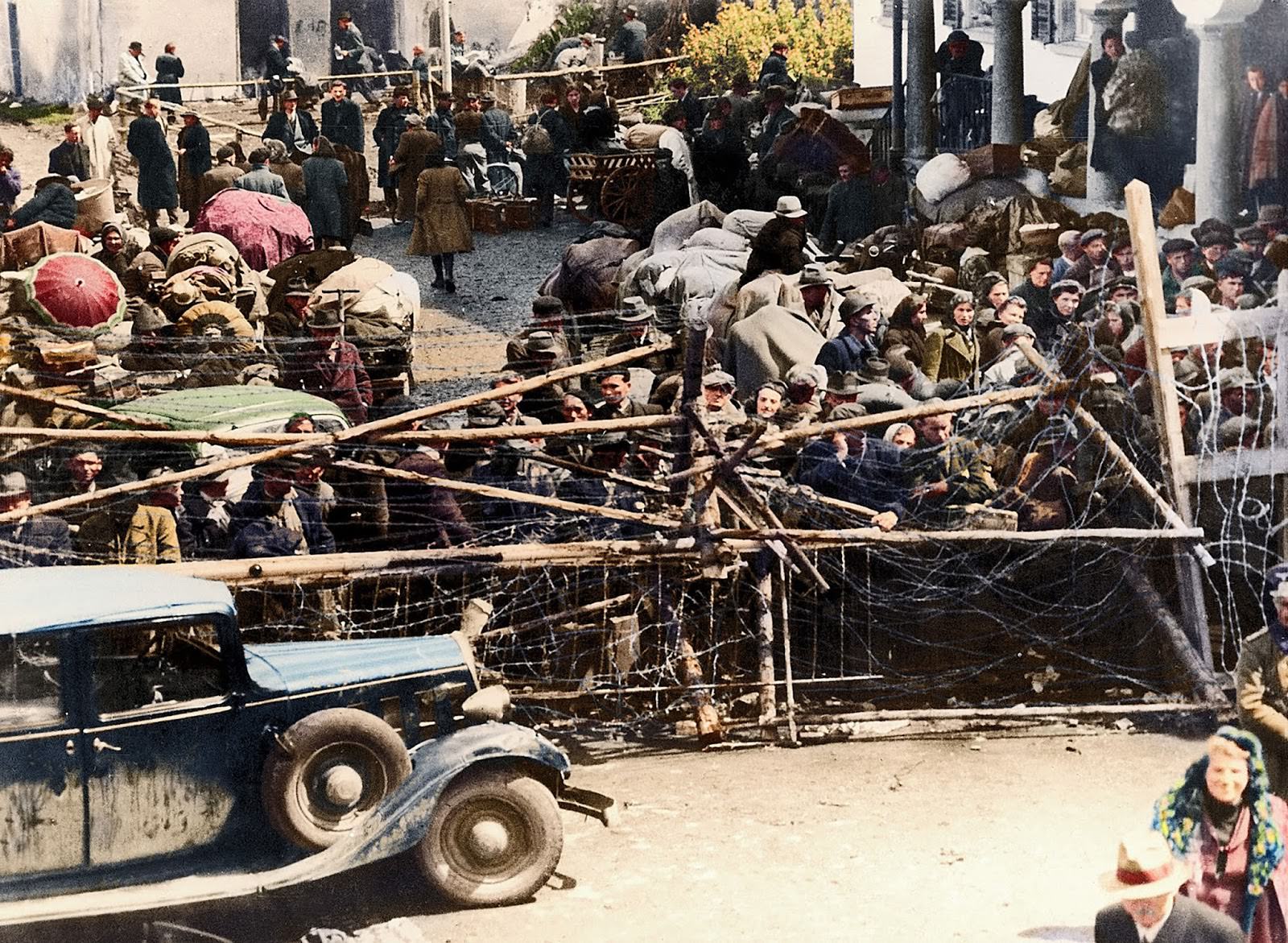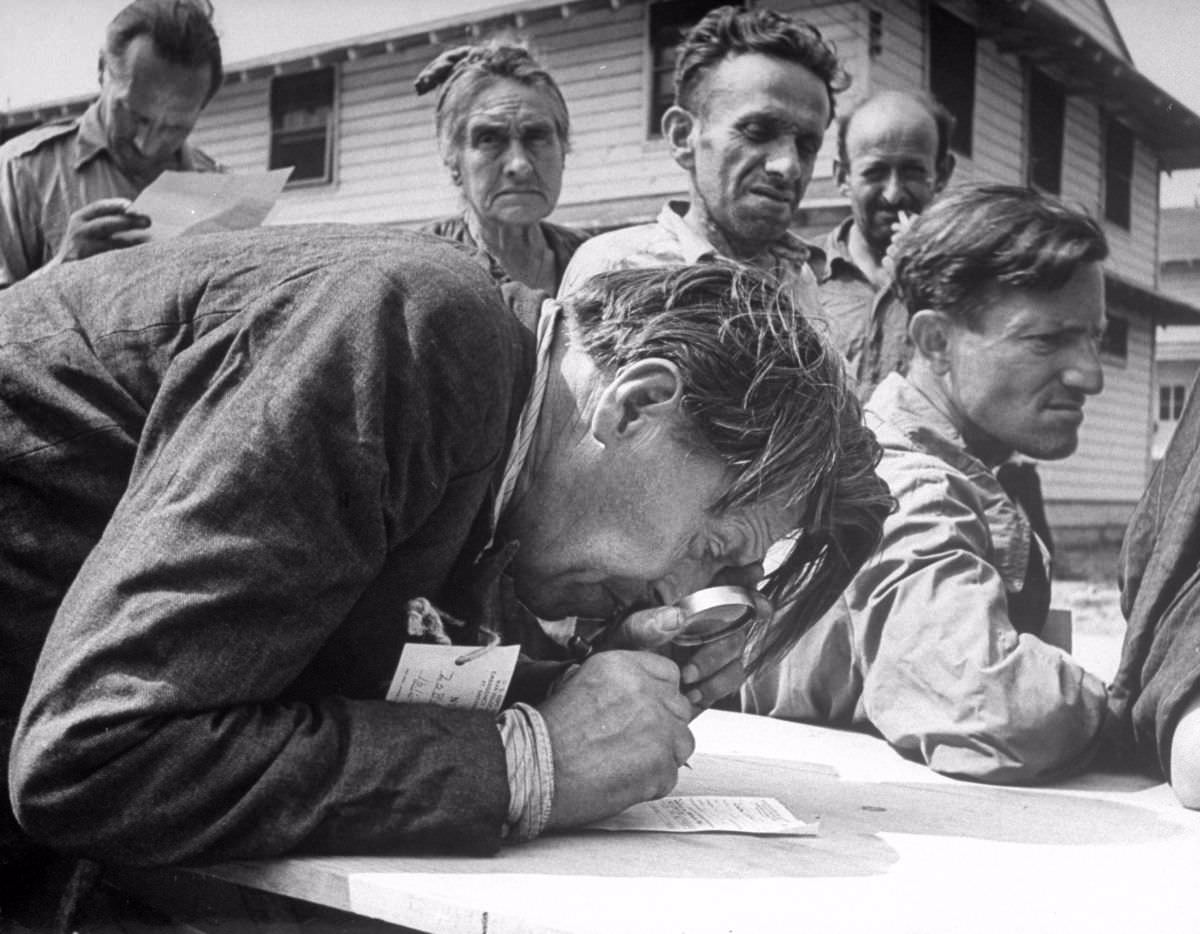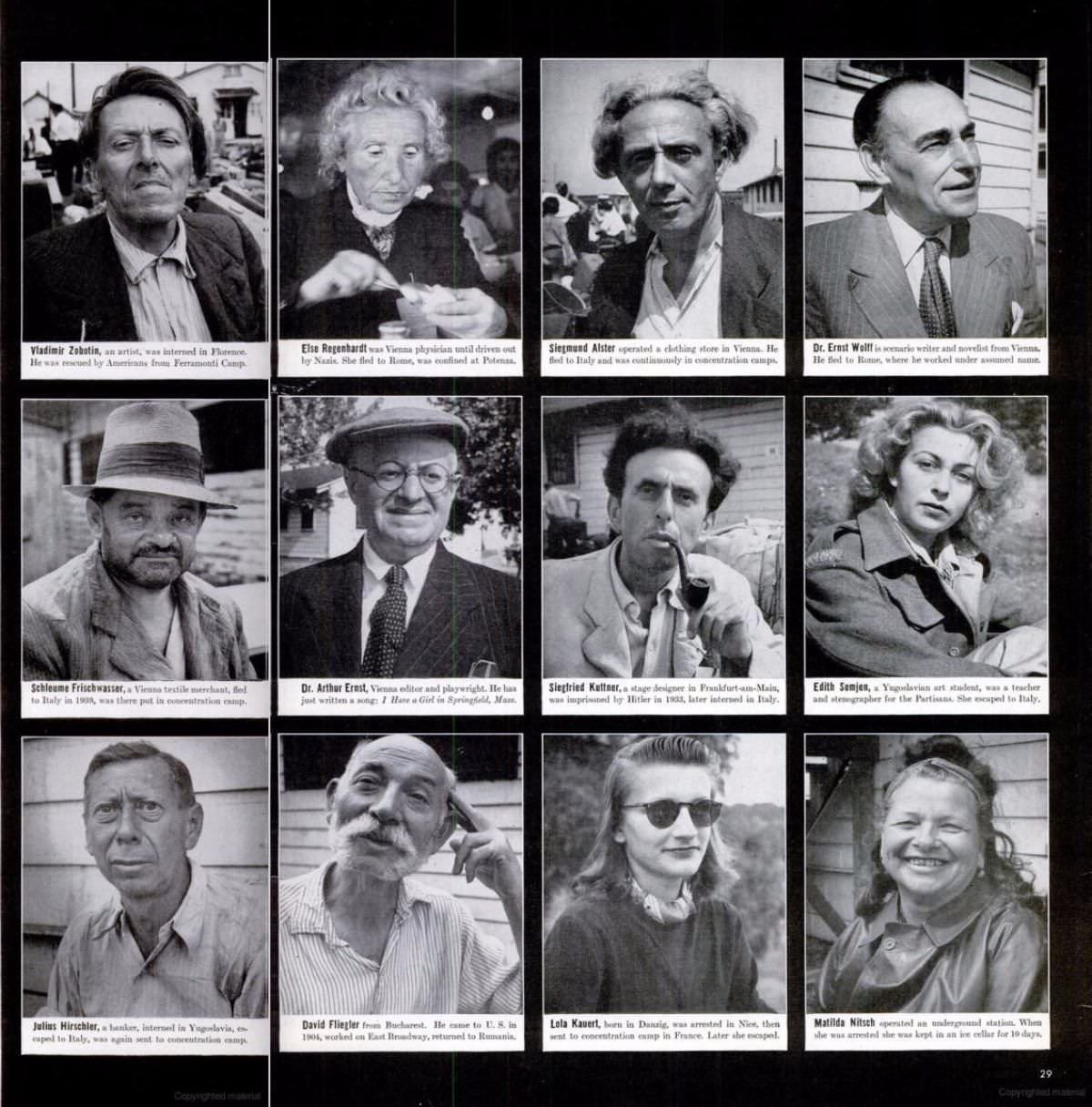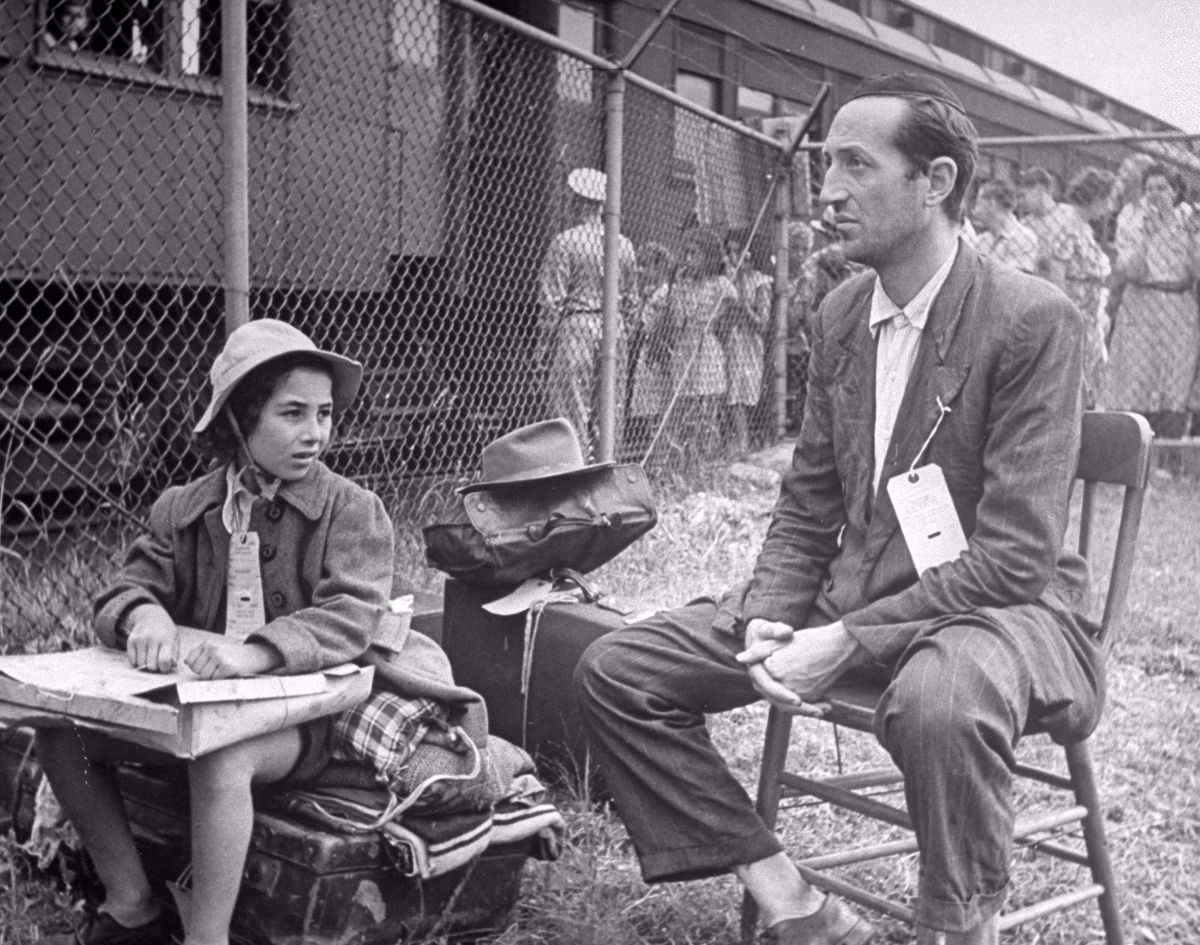When World War II erupted, millions of people from Europe and worldwide were displaced from their homes. The refugee crisis was born even before the war started when Nazi aggression pushed citizens of different countries. This migration continued through the war. The refugee camps worldwide were overflowing; over 60 million Europeans alone became refugees during the entire war period. Some refugees were permanently settled in different countries, particularly the Jews. In 1945 the UNRRA counted over 15 million refugees and displaced persons in Europe alone. Here below is a collection of photographs that show the horrible life of refugees of World War II. Commissioned photographs captured these photographs by Time and Life; some of them were independent.




